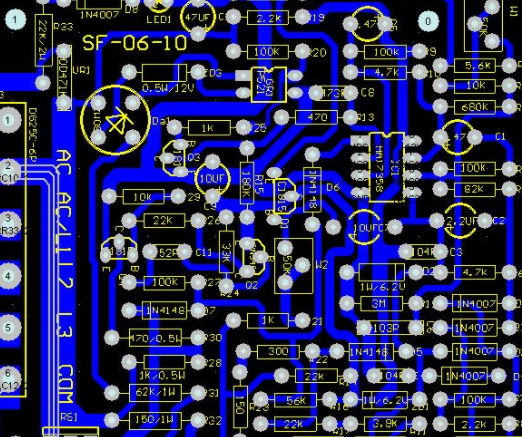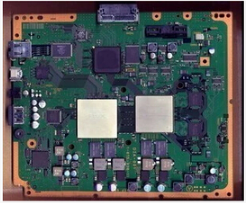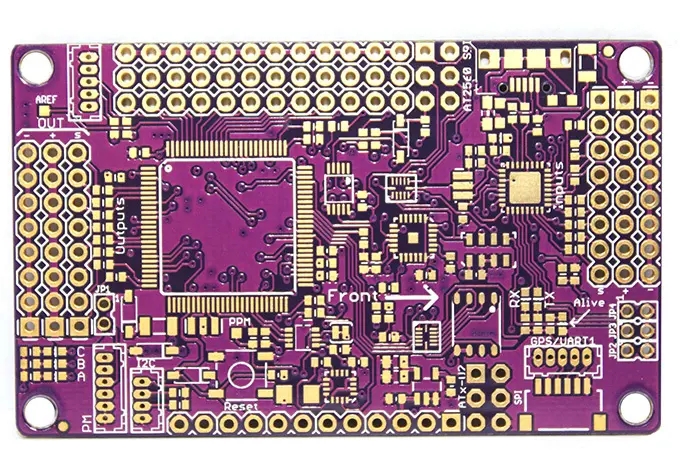
What is High Frequency (HF) PCB?
High frequency electronic equipment is the current development trend, especially in wireless networks. Satellite communication is developing rapidly, and information products are developing towards high speed and high frequency. Therefore, the development of new products always requires the use of high-frequency baseplates, satellite systems, mobile phone receiving base stations, etc. These communication products must use high-frequency PCB.
Characteristics of high frequency PCB
1. DK should be small and stable enough. Generally, the smaller the DK, the better. High DK may cause signal transmission delay.
2. DF should be small, which mainly affects the quality of signal transmission. The smaller the DF, the smaller the signal loss.
3. The coefficient of thermal expansion should be the same as the copper foil as far as possible, because the difference will cause the copper foil to separate in the cold and hot changes.
4. Water absorption must be low, and high water absorption will affect DK and DF under humid environment.
5. Heat resistance, chemical resistance, impact resistance and peeling resistance must be good.

Materials for high frequency circuit boards.
High frequency boards for wireless applications and data rates in the upper GHz range have special requirements for the materials used:
1. Adaptive dielectric constant.
2. Low attenuation and efficient signal transmission.
3. The structure is uniform, and the tolerance of insulation thickness and dielectric constant is small.
Generally speaking, high frequency can be defined as the frequency above 1GHz. At present, PTFE materials are widely used in high-frequency pcb manufacturing, also known as Teflon, and the frequency is usually above 5GHz. In addition, FR4 or PPO substrate can be used for product frequencies between 1GHz and 10GHz. The three high-frequency substrates have the following differences:
From the laminating cost of FR4, PPO and Teflon, FR4 is the cheapest, while Teflon is the most expensive. Teflon is the best in terms of DK, DF, water absorption and frequency characteristics. When the product application requires frequencies above 10GHz, we can only choose Teflon PCB substrate for manufacturing. The performance of Teflon is far superior to other base materials, but Teflon base materials have the disadvantages of high cost and high heat resistance. In order to improve the stiffness and heat resistance of PTFE, SiO2 or glass fiber is widely used as the filling material. On the other hand, due to the molecular inertia of PTFEmaterial, it is not easy to combine with copper foil, so special surface treatment is required on the interface.







